That Joe Biden, on the first day of his presidency, signed an Executive Order advancing the transgender movement sends an ominous message about the new US regime’s radical agenda. Biden’s EO conflates sexual orientation (biology) with gender identity, and then bans sex discrimination for either reason. The broadly written order ties federal funding to its provisions, allowing it to stretch into schools and beyond by arguing, ‘Children should be able to learn without worrying whether they will be denied access to the restroom, locker-room or school sports.’
This has sent a chill down the spines of those who care about female sports because this seems to be one-way traffic: biological females are not beating the door down to participate in male sports but plenty of biological males want to join women’s sports, especially at the elite levels where they can scoop prize pools.
As most parents know, girls and boys tend to play differently; socialising and fun is more important to girls and boys are more competitive and physical. A Women’s National Basketball League coach used the analogy of a hose to describe the difference; with men he had to regulate and direct the intensity of the flow, with women it was hard to get the flow to be strong enough.
As a keen player of ball sports, basketball referee and administrator of one Adelaide’s biggest basketball clubs, I got many life lessons on the court. Seared into my memory as a referee is the moment a non-athletic girl was knocked heavily to the court by a careless boy. The coach, a big bruising female PE teacher, helped her up and, seeing her mouth quiver and tears start, whispered encouragingly, ‘Basketball girls are tough! They don’t cry! You’ll be right, off you go.’ After a moment’s indecision, the girl’s mouth firmed up, she mastered her emotions, and she ran to rejoin the play, a lesson in resilience under her belt. Such physical contact is not always inadvertent. Early skills training meant my daughter and her friends could run rings around untrained but keen boys in mixed primary school games. The boys often responded by pushing and bumping them during play. ‘Get her’, I heard one boy hiss angrily to his mate as my daughter dribbled past. So, I fought to introduce sex-segregated junior basketball teams for casual players, against a young, single male coaching director who couldn’t see what was wrong with mixed teams. He didn’t see that physical contact was off-putting for many girls. Finally, after some years of resistance, Pink Ball was introduced, and we prettied it up with pink tops, balls and decorative marketing materials. Pretty soon we had a thriving Pink Ball competition, sending the better players to the elite teams where they played tougher female-only matches. To his credit the coaching director later apologised for his ignorance.
Team sports are one of the best avenues for personal development for many kids, delivering not just fun and friendship but hard, black-and-white lessons in skill, talent, discipline, physical capacity and more in a world of boosterism, participation certificates and mealy-mouthed, everyone’s-a-winner school reports. Kids always know who’s the fastest runner or best player, even if adults won’t say. And in team sport, hard work pays off; one set of parents visited to thank us for the change in their son, who had transformed from a pasty-faced teenage blob into a slimmed-down, bright-eyed, hard-working player. Lessons learnt on the sports field translate readily to other areas, with many of Australia’s famous sports people achieving success in business, media and elsewhere.
Girls and women are only just achieving some level of parity with men in sports, with elite netballers still well behind AFL stars in terms of pay and netball, the highest participation team sport for girls, now shown on TV. At least the trends are moving in the right direction. When I was a reporter at the Age in the early 1980s, the well-staffed, footy and cricket-dominated sports section covered all womens’ sport with just one reporter.
Participation is a big issue in children’s and female sport, more than ever as obesity and ubiquitous screens afflict our kids. Not everyone is suited to team sport or enjoys it. One study puts the highest participation rate in the 9 to 11 age group, where two-thirds of boys and just 54 per cent of girls play an organized sport. Teenage girls fall away when boys and fashion enter the scene.
Against this backdrop, and knowing the enormous price families and kids pay in time, money and effort — all those weekends travelling to far-flung fixtures — to get to an elite level, it is galling to see second-rate male athletes identify as transgender women and walk away with elite prizes due to their superior musculature, bone strength, height or speed as a result of male hormone development. No amount of hormone treatment as adults undoes the advantage that biological males gain. If biological males who identify as females are allowed to garner the accolades of women’s sport, why would girls and women persevere? Yes, sexual dysphoria affects a small number of people, but it is misogynistic to allow the 1 per cent to change the rules for the 49 per cent and undo the gains achieved.
It is so obviously not in the interests of girls and women to share their locker rooms, bathrooms and sporting facilities with biological males that one wonders what’s behind the push. Alas, one of Washington’s biggest lobby groups, Big Pharma, has found rewarding business opportunities — think sex change surgery and hormone treatment. Crusading journalist Jennifer Bilek points out that billionaire patrons such as medical heir Jon Stryker (remember the Stryker autopsy saw in crime novels?) are funding philanthropic and other groups to extend the push for transgender rights, which they profit from and see as the path to the future.
Just what future is that? Consider sex rights pioneer, biopharma boss Martine (ne Martin) Rothblatt, self-described as transgender and transhuman, who thinks sexual dimorphism is the moral equivalent of apartheid and must go. Rothblatt also wants to break down the ‘species barrier’ and use animal materials to help humans achieve longer, possibly digital, life — I kid you not.
This issue is about so much more than formerly male athletes like Hannah Mouncey wanting to play in the AFLW and presages a debate about the biological basis of being human.
Got something to add? Join the discussion and comment below.
Get 10 issues for just $10
Subscribe to The Spectator Australia today for the next 10 magazine issues, plus full online access, for just $10.
You might disagree with half of it, but you’ll enjoy reading all of it. Try your first month for free, then just $2 a week for the remainder of your first year.

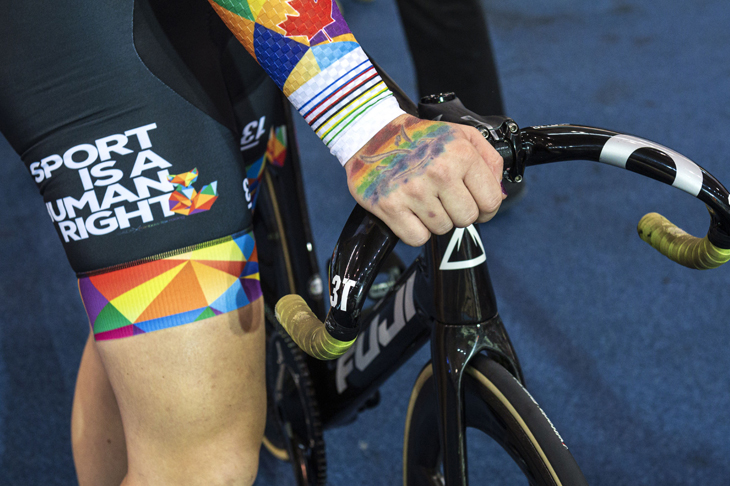
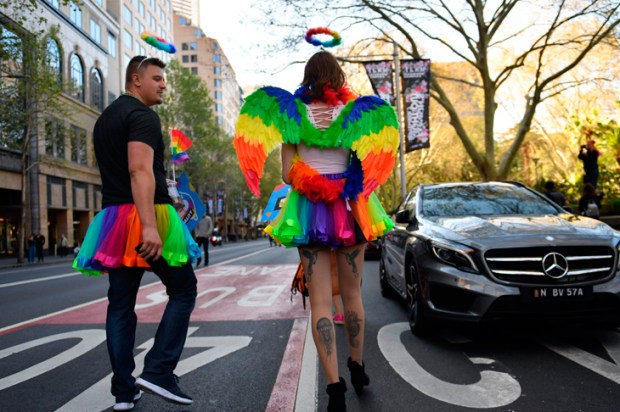
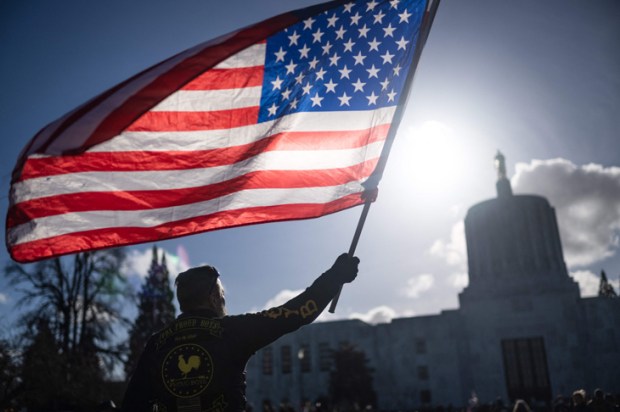
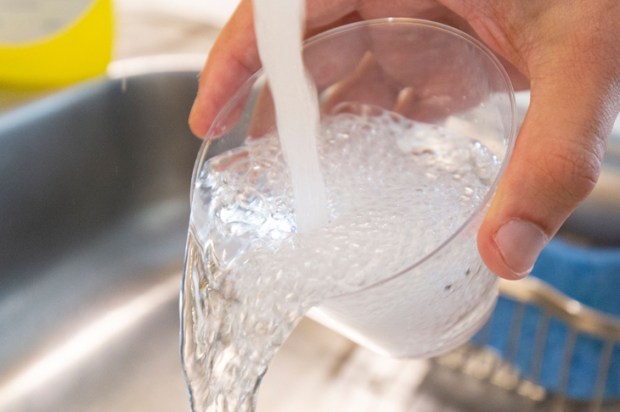
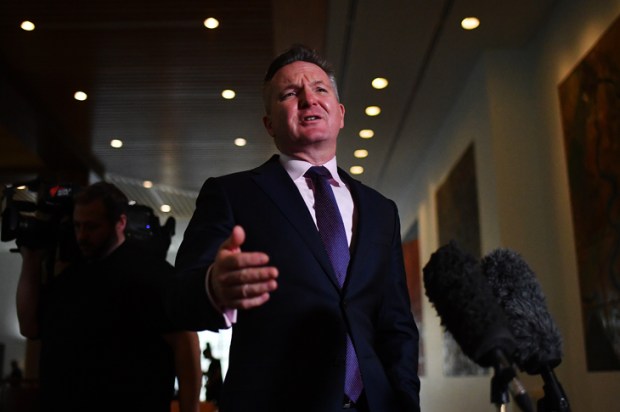
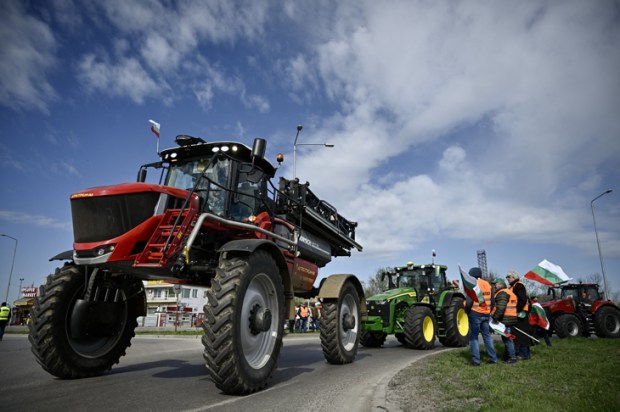
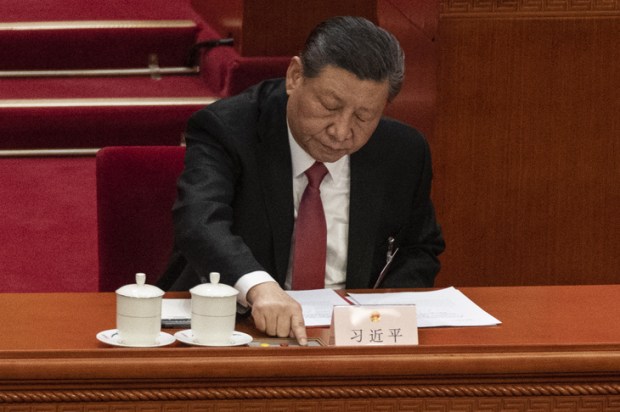






Comments
Don't miss out
Join the conversation with other Spectator Australia readers. Subscribe to leave a comment.
SUBSCRIBEAlready a subscriber? Log in